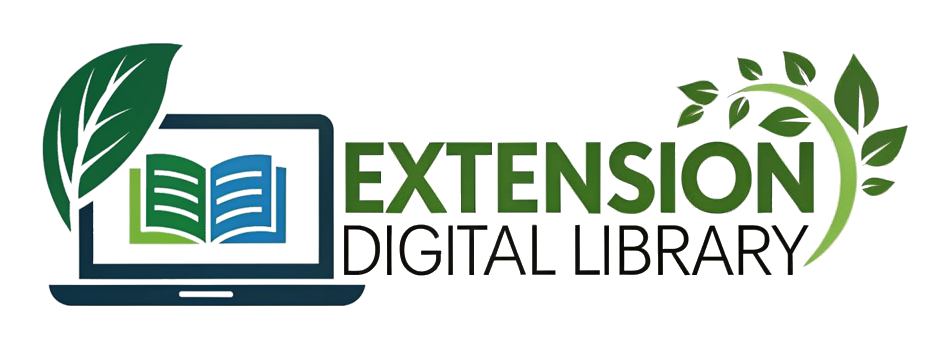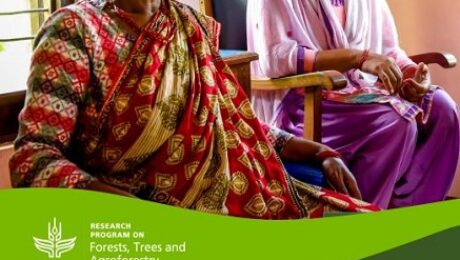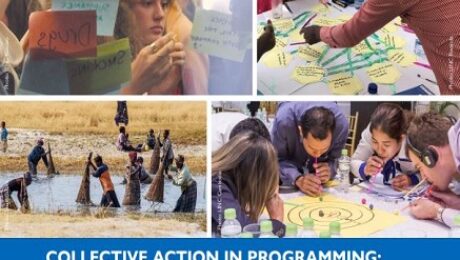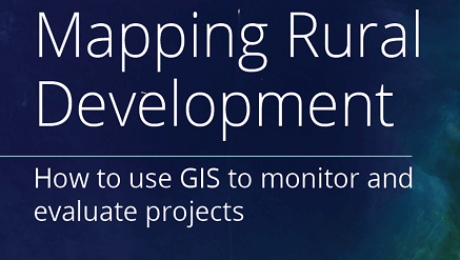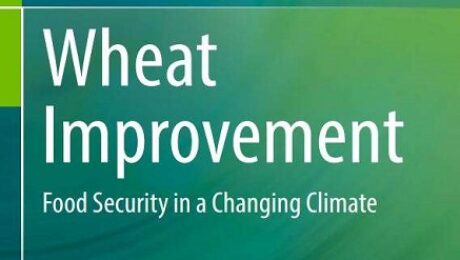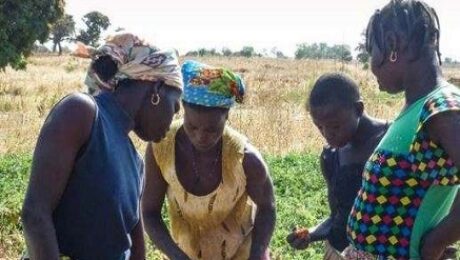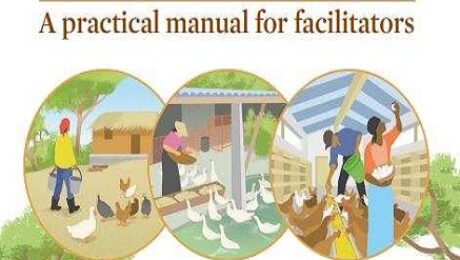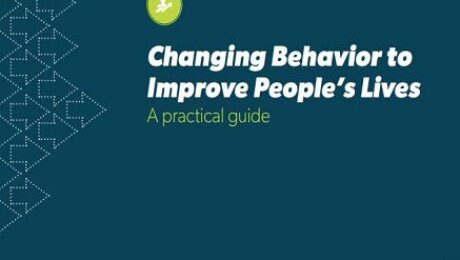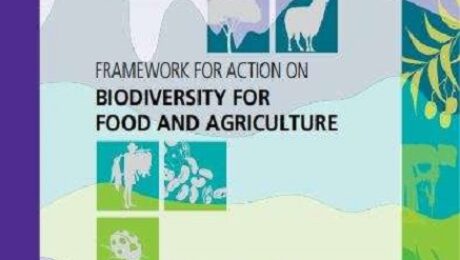Gender Equality and Social Inclusion
Both women and men depend on forests, agroforestry and trees for their livelihoods, and play a critical role in managing them. However, inequalities persist in roles, rights and responsibilities of women and men, and shape the ways they participate in decision making, benefit from forest and tree resources, and experience changes in forest and tree-based landscapes. Gender biases in the wider policy environment and exclusionary social norms result in a gender gap in access to and control of assets and key resources, including land, labor, credit, information and extension services, with women facing disadvantages in several domains. These inequalities, embedded in formal and informal institutions and structures, hinder the change needed to support the sustainable and equitable development solutions that FTA seeks to deliver.
As FTA’s research agenda has evolved since the program’s inception, so too has the program’s portfolio of gender and social inclusion research. This revised research agenda and action plan draws on a tradition of quality gender work within FTA centers and complements FTA’s original Gender Strategy (2013). It reflects the evolution of the program, including thematic and methodological developments in gender research and praxis, and increases the focus on the nexus of gender and generation (including youth issues), and efforts to make FTA’s research increasingly transformative.
- Published in GENDER
A Practical Guide for Facilitators
This Guide is organized into ten modules, each covering a specific topic or step important for organizing and facilitating CA. They are designed to provide practical guidance and tips on how to apply CA principles in a relatively concise, easy-to-reference format that can be utilized as needed. In this way, users need not necessarily read the entire guide in sequence, but rather refer to those modules applicable in the moment. You may find that completing a step in one module may lead you to retrace your work in an earlier module, as many of the components are interrelated and, in general, development is an iterative process. Throughout the document we have hyperlinked all references to other modules to facilitate navigation and quick reference.
- Published in GUIDE/TOOLS/MANUALS
Evaluating Social and Behavior Change Components of Nutrition Activities: A Design Guide for USAID Staff
This Guide is organized into ten modules, each covering a specific topic or step important for organizing and facilitating CA. They are designed to provide practical guidance and tips on how to apply CA principles in a relatively concise, easy-to-reference format that can be utilized as needed. In this way, users need not necessarily read the entire guide in sequence, but rather refer to those modules applicable in the moment. You may find that completing a step in one module may lead you to retrace your work in an earlier module, as many of the components are interrelated and, in general, development is an iterative process. Throughout the document we have hyperlinked all references to other modules to facilitate navigation and quick reference.
- Published in GUIDE/TOOLS/MANUALS
Mapping Rural Development: How to use GIS to monitor and evaluate projects
If a picture is worth 1,000 words, then a map must surely be worth far more. Especially if it is a map enriched with data – one that shows what and where activities are planned, are happening, and have been achieved.
This practical manual provides guidance on how to use geographic information systems (GIS) in the monitoring and evaluation of rural development projects. With over 20 maps showing IFAD-funded projects, it describes how to map a project’s activities and how to use the data the map shows. It provides sample geospatial data standards and quality checklists for project designers and managers.
- Published in GUIDE/TOOLS/MANUALS
Wheat improvement: Food security in a changing climate
This open-access textbook provides a comprehensive, up-to-date guide for students and practitioners wishing to access the key disciplines and principles of wheat breeding. Edited by Matthew Paul Reynolds, Senior Scientist and head of Wheat Physiology at CIMMYT, and Hans-Joachim Braun, former Director of CIMMYT’s Global Wheat Program, it covers all aspects of wheat improvement, from utilizing genetic resources to breeding and selection methods, data analysis, biotic and abiotic stress tolerance, yield potential, genomics, quality nutrition and processing, physiological pre-breeding, and seed production.
While the volume provides an overview for professionals interested in wheat, many of the ideas and methods presented are equally relevant to small grain cereals and crop improvement in general. All chapter authors are world-class researchers and breeders whose expertise spans cutting-edge academic science to impacts in farmers’ fields.
- Published in GUIDE/TOOLS/MANUALS
Methodological recommendations to better evaluate the effects of farmer field schools mobilized to support agroecological transitions
The farmer field school (FFS) approach, based on group experimentation of innovative practices and/or farming systems, is in line with participatory farm advisory efforts. This approach has an ambitious goal: strengthening farmers’ skills so that they can adapt their practices, or even invent new ones, and move towards more agroecological farming systems. Assessing such an advisory intervention poses significant challenges. The purpose of this document is to propose fresh ways to update FFS assessment methods, notably the study of changes in farming practices and the detailed analysis of FFS outcomes. Project designers, managers, and evaluators are the target audience for this document, which may also interest teachers, researchers, students, and policymakers. The elements of the FFS assessment methodology presented here stem from the collaboration between three institutions, CIRAD, FAO (Food and Agriculture Organization of the United Nations), and the NGO AVSF (Agronomists and Veterinarians Without Borders), and fieldwork carried out in cotton-growing areas of Burkina Faso and Togo between 2018 and 2019.
This document is divided into four parts. We first define FSS and the principles of the approach, then we detail the methods commonly used to assess FSS and the challenges involved. We then present a comprehensive assessment method using a case study in northern Togo. The final part of the report provides a basis for placing the proposed method within the process of designing an assessment for a project involving FSS.
- Published in GUIDE/TOOLS/MANUALS
Farmer field schools for family poultry producers
A growing number of poultry farmer field schools (FFS) are being implemented in developing countries by a wide range of actors. Experience over the past two decades has shown that good-quality facilitation and learning activities are key to the success and long-term sustainability of poultry FFS.
This manual provides practical information and activities that help facilitators establish and implement good-quality FFS. It focuses on working with women and men poultry producers to sustainably enhance production, productivity and marketing in any family poultry production system, ranging from extensive to small-scale intensified, in line with producers’ aspirations and local conditions. The first module of the manual covers poultry FFS establishment and learning activities, and the second provides “need-to-know” information on poultry production and health and FFS facilitation.
- Published in GUIDE/TOOLS/MANUALS
Changing Behavior to Improve People’s Lives- A practical guide
Many, if not most, technological solutions ultimately depend on individual behavior. Energy-efficient hybrids or electric cars are of little use if drivers don’t buy them. The birth control pill, invented in the 1950s, provided a breakthrough technological solution for providing effective contraception to hundreds of millions of people. But effective use of the pill requires that it be taken for three weeks with a break for the fourth. For many users, this regimen, with its irregular routine, was more difficult to follow than taking the pill every day. The behaviorally informed solution was to include a fourth week of placebos.1 (You might think that we have ignored a third broad category of markets and other systems. But these too involve a mixture of something akin to technology—the policy intervention in changing a system—and individuals’ behavioral responses to it.)
Professionals, no less than the rest of us, are participant-observers in the social world. Although many of us have strong intuitions about the levers for changing behavior, our intuitions are often wrong. Some important developments in the past decades have helped identify common intuitive errors and build behavioral strategies based on empirical evidence.
- Published in GUIDE/TOOLS/MANUALS
Innovating and Scaling with Governments
How can we ensure anti-poverty programs are doing the most good for those who need them? One important step is to invest in scaling successful innovations within these programs. With government-led poverty alleviation programs reaching millions of people worldwide, these programs can model how cost-effective solutions can make significant strides to end poverty. However, innovating and scaling interventions within these programs often bring challenges, particularly when bureaucratic processes are not designed to promote it.
ideas42 has spent the last decade working with 10 governments across sub-Saharan Africa to design and embed behavioral interventions into their cash transfer programs. We designed these interventions so cash transfer programs could better help recipients set and reach their financial goals, such as saving and income generation, as well as human development goals, such as education, nutrition, and child development (see Box 1). Through consistent collaboration and deep commitment to the cause, our light-touch behavioral interventions have reached over half a million cash transfer recipients to date. In this toolkit, we draw from our experience in scaling these interventions with governments to provide actionable tips on how to successfully partner with governments to create and scale innovative solutions to some of the world’s most pressing problems.
- Published in GUIDE/TOOLS/MANUALS
Framework for Action on Biodiversity for Food and Agriculture
The Framework for Action on Biodiversity for Food and Agriculture was endorsed by the FAO Council in 2021. It contains more than 50 individual actions grouped into three strategic priority areas: characterization, assessment and monitoring; management (sustainable use and conservation); and institutional frameworks. It was developed in response to the country-driven report on The State of the World’s Biodiversity for Food and Agriculture.
- Published in GUIDE/TOOLS/MANUALS
